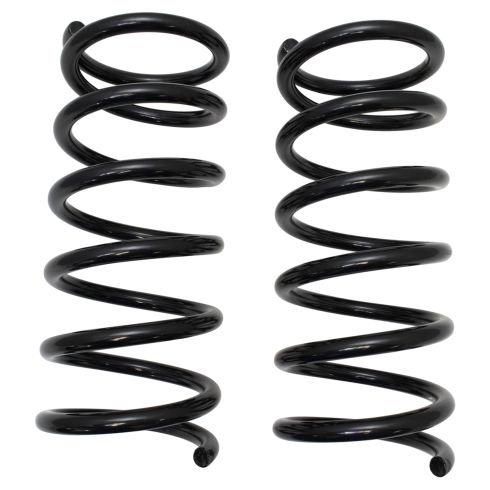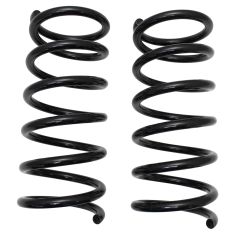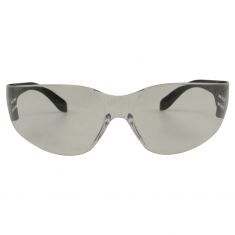1ASRS00016-Nissan Altima Rear Driver & Passenger Side 2 Piece Coil Spring Set TRQ SSA70066

Replaces
Nissan Altima Rear Driver & Passenger Side 2 Piece Coil Spring Set TRQ SSA70066

Frequently bought together
Product Reviews
Loading reviews
4.80/ 5.0
5
5 reviews
Nissan Altima Rear Coil Spring Pair
November 14, 2019
Shipping was fast, the quality of the spring's were better then the factory, they were a little thicker in diameter. Video's are very helpful. A++++
August 8, 2021
Great parts with great service.
Awesome
March 17, 2022
Didnt realize how worn out my old ones were, the new springs lifted the car 6 inches. Wow awesome
September 22, 2022
perfect fit
January 26, 2023
Good quality ??
Customer Q&A
Is this the same coil spring for the 2018 Altima? I am looking for a 2018 Altima rear coil spring and cant seem to locate any.
March 25, 2023
10
This part will not fit your vehicle, but we may have a part that is listed to fit.
Please enter your vehicle's year make and model in the search bar at the top of the page. This will display parts guaranteed to fit your vehicle. Just be sure to verify all of the information shown in the Vehicle Fit tab before ordering.
March 27, 2023
Jessica D
Will theses also work for 08 Altima coupe s?
July 23, 2023
10
Yes, these will fit your vehicle.
July 25, 2023
Andra M
Will this fit my Nissan altima 2010 2.5S ?
October 20, 2024
10
Yes, this part will fit your vehicle.
October 21, 2024
Jessica D
Can you please tell me what the spring rate is?
December 8, 2024
10
Excellent, fit and worked like it should
December 9, 2024
Mark K
10
That specification is not listed or available. Our parts are exact replacements for your vehicle's OEM parts. As long as your vehicle specifications match up with our listing, these parts will directly fit and function like the originals.
December 10, 2024
Jessica D










